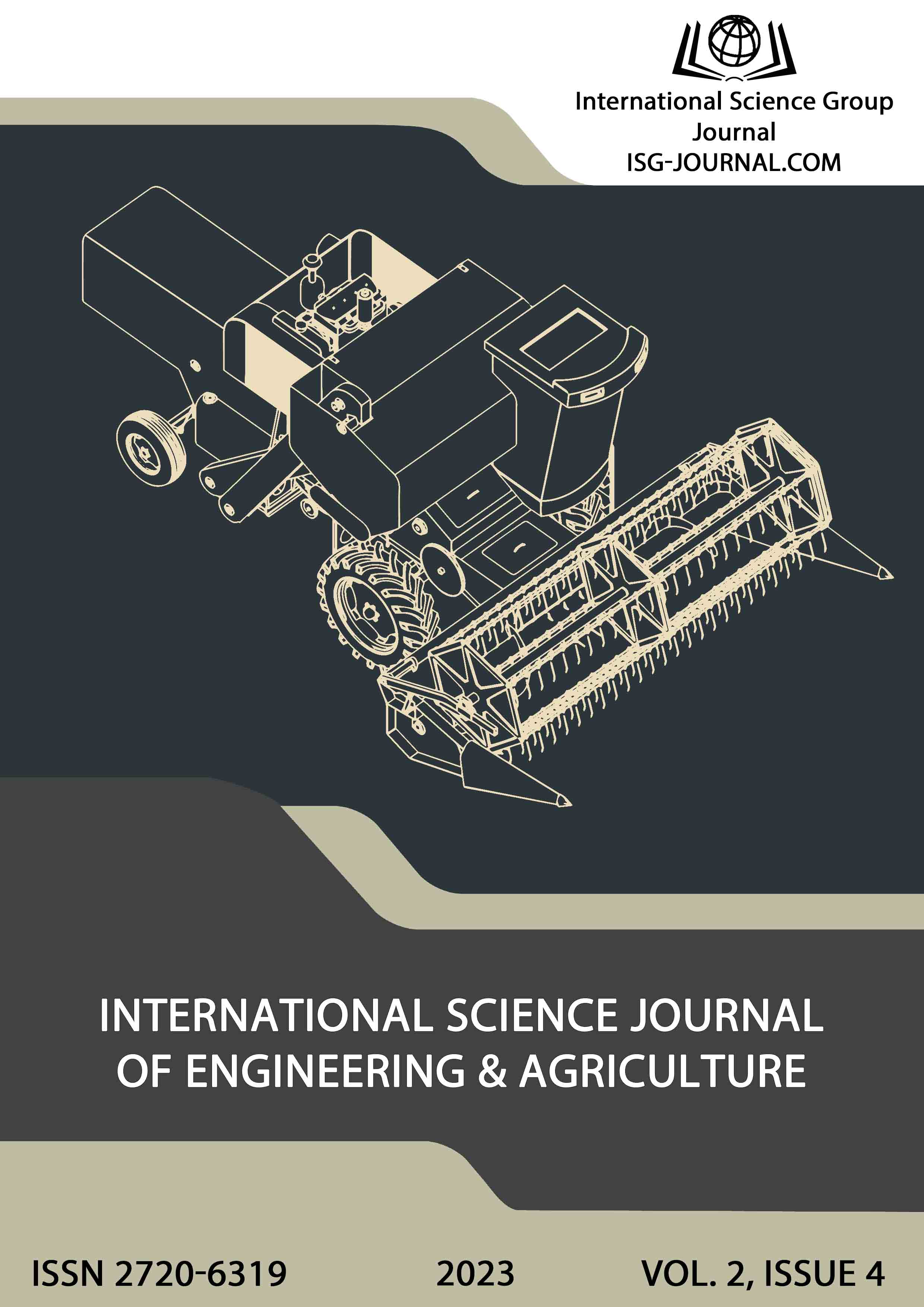Digital image segmentation algorithm
DOI:
https://doi.org/10.46299/j.isjea.20230204.03Keywords:
digital image, segmentation, dominant colors, boundary detectionAbstract
Specialized painting kits have been developed for beginner artists who want to learn how to paint with acrylic paints. Such sets include all the necessary materials that will be needed to create a picturesque masterpiece with your own hands. Pictures by numbers are cardboard or canvas on which a ready-made black-and-white drawing, divided into numbered fragments, has already been applied. Each piece must be painted with acrylic paint that has the same number. The result is a picture that can be inserted into a frame and used to decorate the interior of the room. Interested in creating such paintings for your photos. To create such pictures, a digital image segmentation algorithm is needed. The paper considers the developed digital image segmentation algorithm, which provides the possibility of drawing by numbers. To segment the image to ensure the possibility of drawing by numbers, it is necessary to reduce the number of colors and highlight the contours of the resulting areas in the resulting image. To reduce the number of colors, an algorithm for selecting the dominant colors in the image is proposed. The paper proposes to use the developed digital image segmentation algorithm together with noise filtering and image blurring algorithms. These algorithms can be used both before reducing the number of colors and after this procedure. To select the outline of the regions, the work suggests the use of boundary selection operators. The Prewitt and Sobol operators are considered as boundary selection operators. A software application was developed using C# WPF. The developed application implements the developed image segmentation algorithm to provide the possibility of drawing by numbers.
References
Живопис за номерами. Available at: https://uk.wikipedia.org/wiki/Живопис_за_номерами
Lake: Раскраски. Available at: https://apps.apple.com/ru/app/lake
Happy Color® – Color by Number. Available at: https://play.google.com/store/apps/details?id=com.pixel.art.coloring.color.number
Розфарбовуйте за цифрами: Swipe. Available at: https://play.google.com/store/apps/datasafety?id=com.artlife.color.number.coloring.book
PBNify custom paint by number generator. Available at: https://pbnify.com/
Сегментація зображення. Available at: https://habr.com/ru/articles/128768/
Гистограммы камер: цвет и контраст. Available at: https://www.cambridgeincolour.com/ru/tutorials-ru/histograms1.htm
Гонсалес Р., Вудс Р. (2005) Цифровая обработка изображений. М. : Техносфера, 1072 с.
Прэтт У. (1982) Цифровая обработка изображений в 2-х книгах. М. : Мир, 620 с.
Медіанна фільтрація. Available at: https://studwood.net/1626074/informatika/mediannaya_filtratsiya
Технология сегментации изображений Matlab. Available at: https://russianblogs.com/article/39281010406/
Евдокимов П. В., Дубовик Е. В. (2023) Справочник С#. Кратко# быстро# под рукой. СПб : Наука и Техника, 336 с.
Албахари Дж. C# 9.0. (2021) Справочник. Полное описание языка. : Пер. с англ. СПб. : ООО «Диалектика», 1056 с.
Мак-Дональд М. (2011) WPF 4: Windows Presentation Foundation в .NET 4.0 с примерами на С# 2010 для профессионалов. М. : ООО «И.Д. Вильямс», 1024 с.
Троелсен Э., Джепикс Ф. (2018) Язык программирования C# 7 и платформы .NET и .NET Core : Пер. с англ. СПб. : ООО «Диалектика», 1328 с.
Downloads
Published
How to Cite
Issue
Section
License
Copyright (c) 2023 Олена Лебедєва, Діана Нікова, Катерина Трифонова

This work is licensed under a Creative Commons Attribution 4.0 International License.






